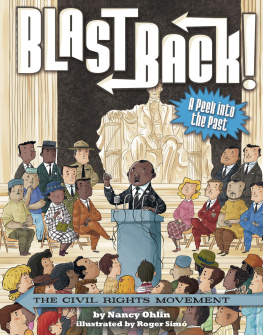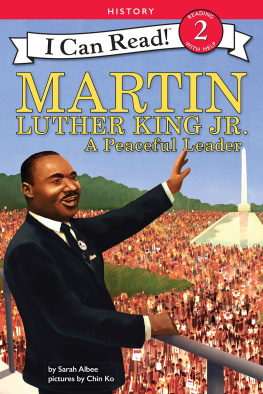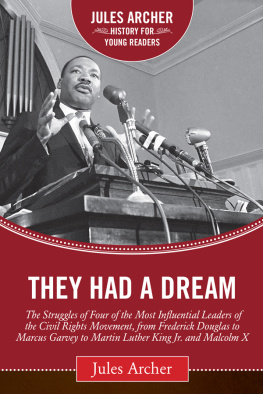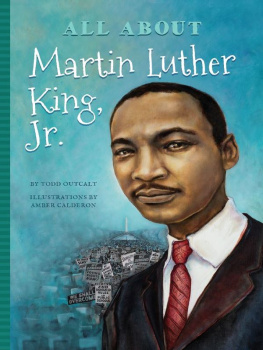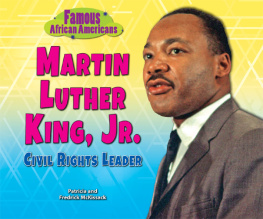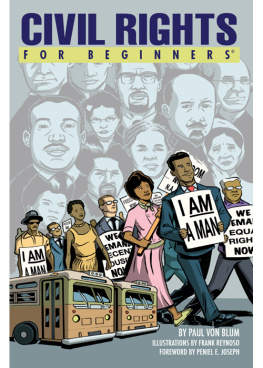

If you purchased this book without a cover, you should be aware that this book is stolen property. It was reported as unsold and destroyed to the publisher, and neither the author nor the publisher has received any payment for this stripped book.

An imprint of Bonnier Publishing USA
251 Park Avenue South, New York, NY 10010
Copyright 2017 by Bonnier Publishing USA
All rights reserved, including the right of reproduction in whole or in part in any form.
Little Bee Books is a trademark of Bonnier Publishing USA, and associated colophon is a trademark of Bonnier Publishing USA.
Manufactured in the United States LB 0917
Library of Congress Cataloging-in-Publication Data
Names: Ohlin, Nancy, author. | Sim, Roger, illustrator.
Title: Civil Rights Movement / by Nancy Ohlin; illustrated by Roger Sim.
Description: First edition. | New York, NY: Little Bee Books, [2017]
Series: Blast Back! | Includes bibliographical references and index.
Audience: Ages 710. | Subjects: LCSH: African AmericansCivil rightsHistoryJuvenile literature. | Civil rights movementsUnited StatesHistory20th centuryJuvenile literature. | United StatesRace relationsJuvenile literature.
Classification: LCC E185.61.O35 2017 | DDC 323.1196/073dc23
LC record available at https://lccn.loc.gov/2017023557
Identifiers: LCCN 2017023557
ISBN 978-1-4998-0454-6 (pbk)
First Edition 10 9 8 7 6 5 4 3 2 1
ISBN 978-1-4998-0455-3 (hc)
First Edition 10 9 8 7 6 5 4 3 2 1
littlebeebooks.com
bonnierpublishingusa.com


CONTENTS


Introduction
Have you ever heard people mention the civil rights movement and wondered what they were talking about? What are civil rights? Who was involved in the movement, and what were they fighting for?
Lets blast back in time for a little adventure and find out.

A Brief History of the Civil Rights Movement
Civil rights are an individuals legally protected rights to social, political, economic, educational, and other similar opportunities. These rights must be the same for everyone regardless of individual characteristics such as race, religious beliefs, and national origin.


Black people in the United States have been deprived of their full civil rights since the time of slavery. The organized struggle for these civil rights, especially during the 1950s and 1960s, is called the civil rights movement. This movement resulted in many changes to the laws. It was also filled with much resistanceat times violentfrom white people, including police officers and politicians.
The word movement refers to a group working together for a common cause. The word civil comes from the Latin word civis , which means citizen. Some civil rights, such as the right to vote in elections, apply specifically to the citizens of a particular country. But other civil rights, such as the right to free speech, apply to all people who are living in or visiting that country, regardless of citizenship.

Civil Rights for All
The term civil rights movement is commonly used to describe the struggle for Black Americans to achieve equality. But other groups have had to fightand continue to fightfor their civil rights, too. These groups include (but are not limited to)
Girls and women
Asian Americans
Muslim Americans
Hispanic Americans and Latino Americans
The LGBTQ (lesbian, gay, bisexual, transgender, and queer and/or questioning) community
People with disabilities
Senior citizens
Minority groups around the world

Human Rights
Human rights are the rights all people around the world are entitled to. They are not the same thing as civil rights, although the two can sometimes overlap.
In 1948, the United Nationsa multi-governmental organization that seeks to promote global peace, security, and cooperationadopted the Universal Declaration of Human Rights (UDHR). The UDHR lists a number of human rights, including the right to live, be free, work, own property, marry, and have a family. The UDHR also lists prohibitions against things such as torture, inhuman punishment, and arbitrary arrest (which means being arrested without any reason or due process). The UDHR is not a code of law, however, but more of an aspirational document that spells out important principles and goals for the global community.
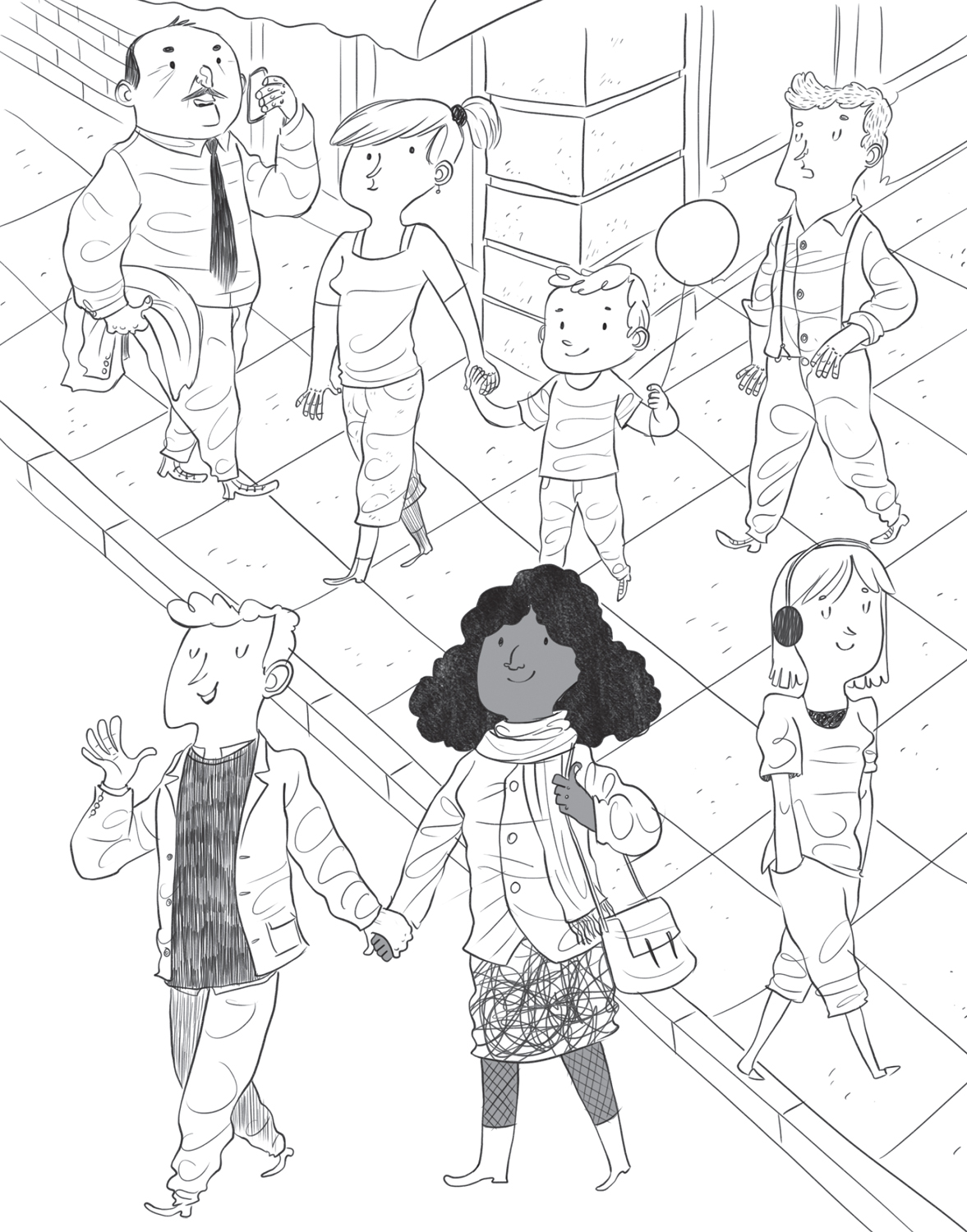
Slavery in America
Beginning around the year 1500, millions of Africans were forced to leave their homes and were brought to the Americas (aka the New World), to become slaves for the European colonists who lived there.
Under slavery, Africans were considered to be the property of their white owners. They had to do whatever their owners wanted, including hard labor under horrific conditions. They were often beaten and abused. They had no freedom or rights.
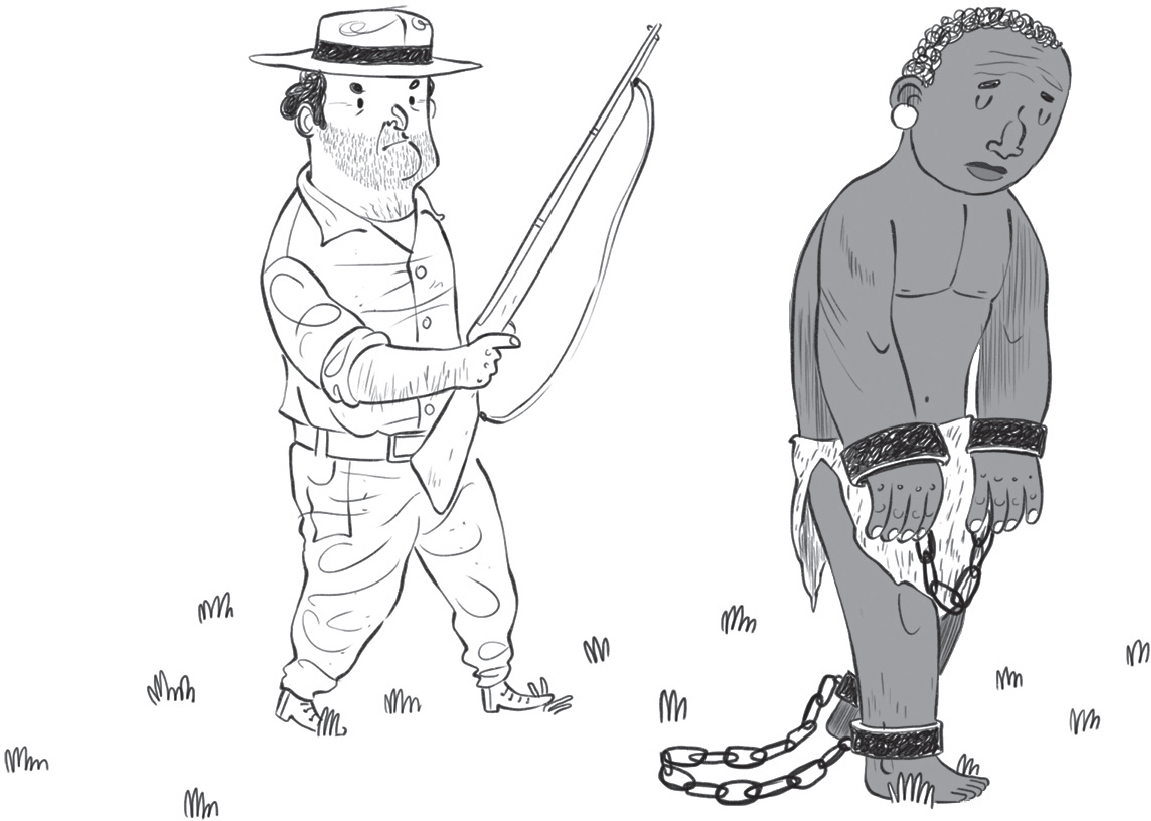
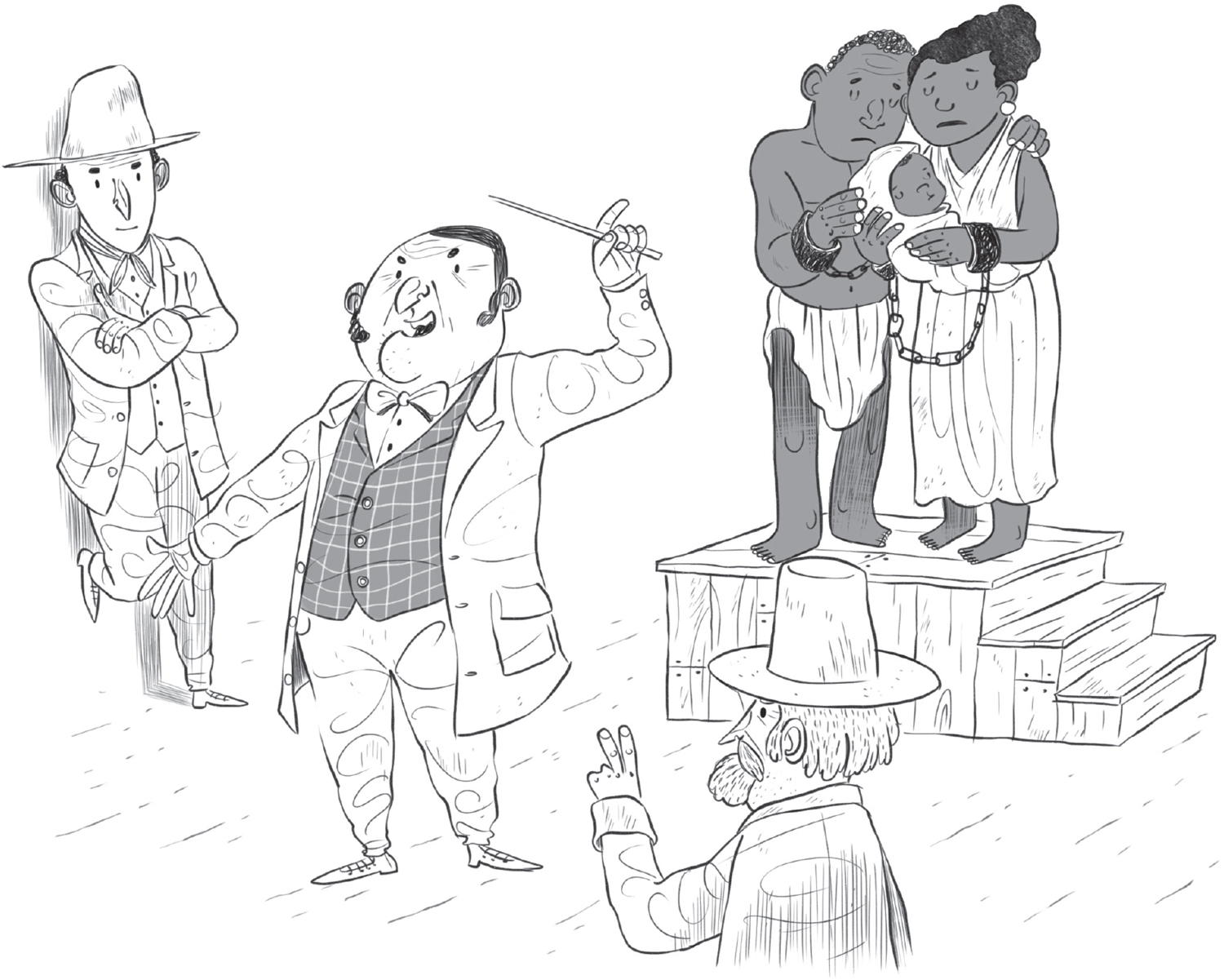
Until 1865, some states in the United States were slave states, which meant that slavery was legal within them. Others were free states, which meant that slavery was illegal or being phased out of those territories.
The American Civil War took place between 1861 and 1865, largely over the issue of slavery. The anti-slavery Union (states and other lands that were mostly in the north) eventually defeated the pro-slavery Confederacy (states and other lands that were mostly in the south). This led to the end of slavery in the country.
Next page
